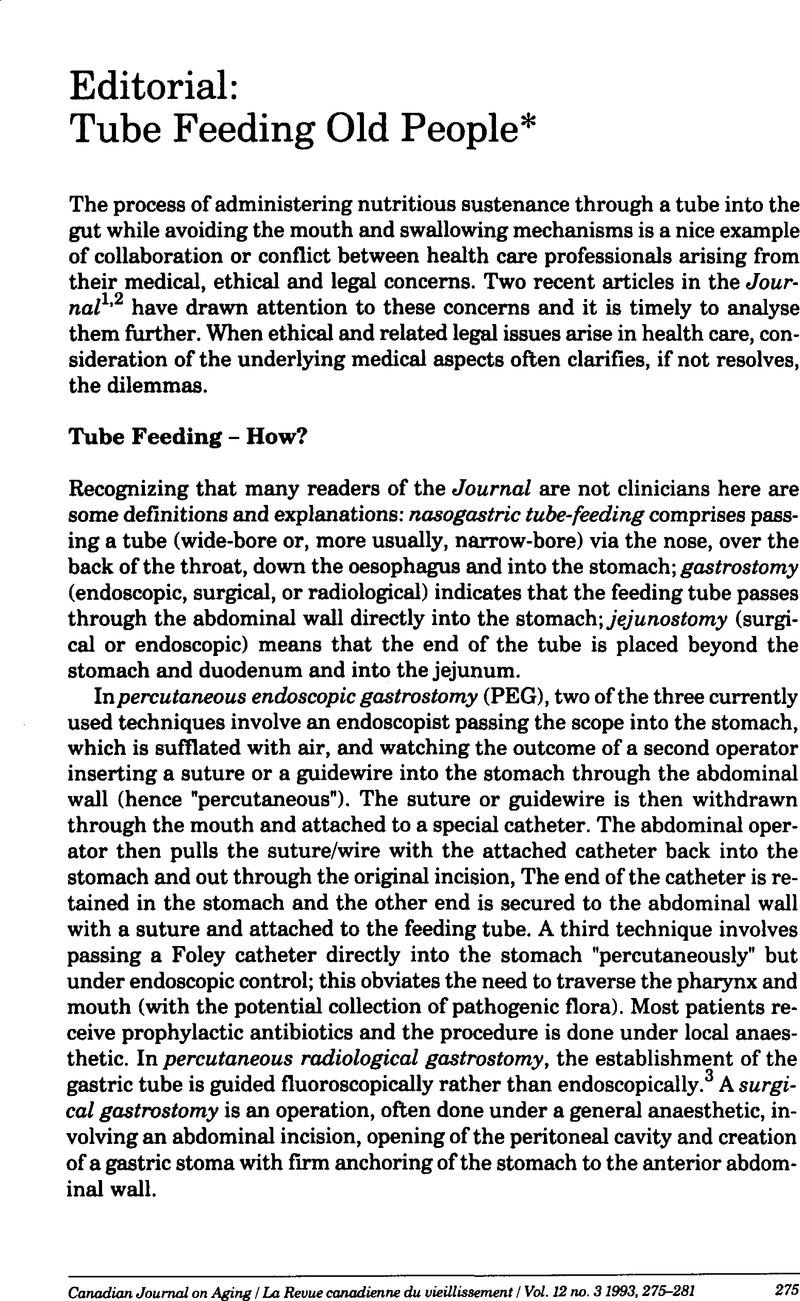Crossref Citations
This article has been cited by the following publications. This list is generated based on data provided by Crossref.
Koch, Tom
1995.
The Gulf Between; Surrogate Choices Physician Instructions, and Informal Network Respones.
Cambridge Quarterly of Healthcare Ethics,
Vol. 4,
Issue. 2,
p.
185.



